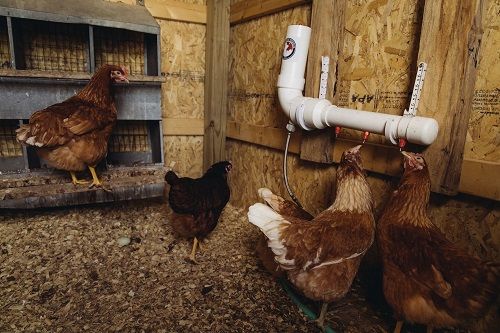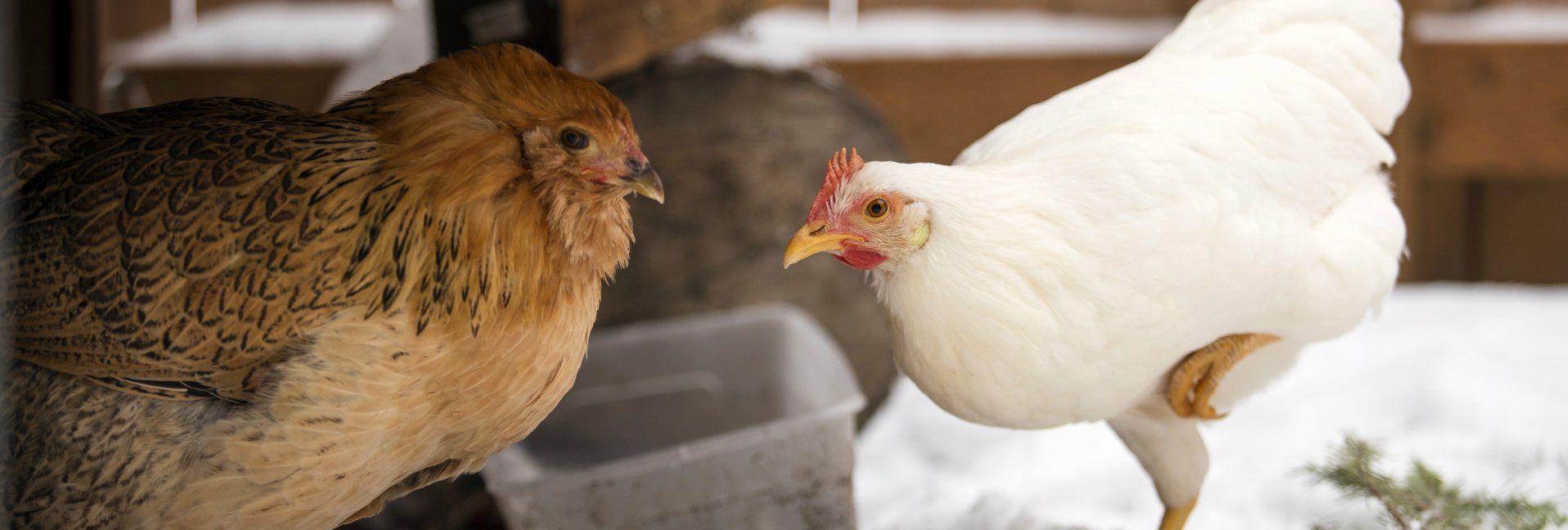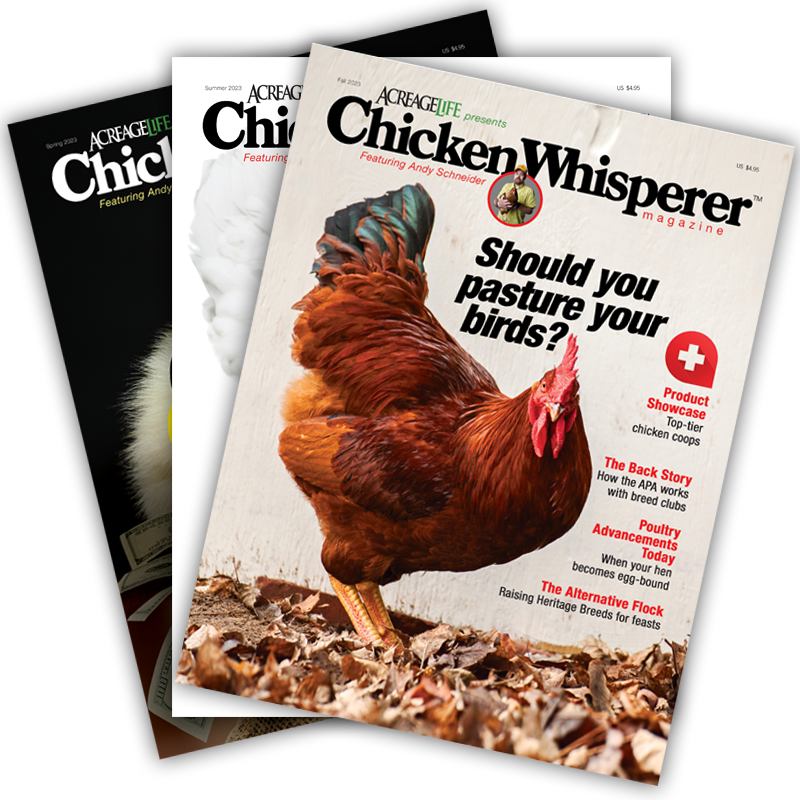Preparing Your Birds for Spring Breeding Season
Feathers, Eggs, Success


As winter winds down and spring begins to bloom, breeders everywhere start preparing for one of the busiest and most exciting times of the year: the breeding season.
Whether you’re raising poultry, gamebirds or waterfowl, careful preparation is the key to a successful hatching season. From selecting breeding stock to setting up incubation systems, every step matters in ensuring healthy, productive birds.
Here’s a comprehensive guide to help you get ready for spring breeding season, no matter what kind of feathered friends you’re raising.
Evaluating and Selecting Breeding Stock
The foundation of any successful breeding program starts with choosing the right birds. Selecting healthy, genetically sound breeding stock not only improves hatch rates but also ensures robust offspring.
Health and Condition: Assess each bird for signs of good health — bright eyes, smooth feathers and active behavior. Avoid using birds with deformities, chronic illnesses or poor growth rates.
Genetic Diversity: Ensure a diverse genetic pool by rotating males or sourcing birds from different lines. This reduces the risk of inbreeding and increases the vigor of your flock.
Performance History: For poultry layers, select hens with consistent egg production. For gamebirds and waterfowl, look for strong physical traits and breeding success in previous seasons.
Preparing Birds for Breeding
Once your breeding stock is selected, it’s important to prepare them physically and nutritionally for the demands of the season.
Breeding birds require a diet rich in protein, vitamins and minerals. Transition them to a breeder-specific feed four to six weeks before the season begins. Supplements like calcium and vitamin D3 are essential for eggshell quality.
Birds are photoperiod-sensitive, meaning their reproductive cycles are influenced by daylight hours. Gradually increase artificial lighting to mimic longer spring days, aiming for 14 hours to 16 hours of light daily to stimulate egg production.
Treat birds for external and internal parasites to reduce stress and ensure they’re in peak condition. Conduct a thorough cleaning of housing areas to remove potential sources of reinfestation.
Watch for signs of aggression or stress, especially in males, and separate overly dominant birds to maintain harmony in breeding groups.
Setting Up Breeding Pens and Housing
Proper housing is critical for successful breeding. Each species has specific needs, but there are some universal considerations:
Space Requirements: Overcrowding can lead to stress, aggression and lower fertility rates. Provide ample space for each bird:
- Poultry: 4 square feet to 5 square feet per bird in coops and 10 square feet to 12 square feet in outdoor runs.
- Gamebirds: For New World quail, 2 square feet to 3 square feet per bird in pens, with access to brush or cover. For Old World Quail, 1 square foot per bird is adequate.
- Waterfowl: 6 square feet to 8 square feet per bird, with access to a clean water source.
Nesting Areas: Provide clean, quiet nesting areas with soft bedding. For waterfowl, nests should be near their water source, while poultry require elevated or secluded boxes.
Enrichment: Add perches, branches or hiding areas to encourage natural behaviors and reduce stress.
Biosecurity: Limit access to pens, sanitize equipment and quarantine new birds to minimize the risk of disease outbreaks.
Incubation Prep: Eggs to Chicks
Incubation is where the magic happens, and preparation is everything.
Whether you’re using a broody hen (a hen that has decided to sit on and hatch eggs) or an artificial incubator, attention to detail ensures high hatch rates.
Gather eggs at least twice daily to prevent chilling or contamination. Store them at 55 degrees Fahrenheit to 65 degrees Fahrenheit with the pointed end down and rotate daily if storing for more than a few days. Test your incubator at least a week before use to ensure proper function.
Key factors include:
- Temperature: 99.5 degrees Fahrenheit for forced-air incubators; 101.5 degrees Fahrenheit for still-air models.
- Humidity: 50% to 55% for most of incubation, increasing to 65% to 75% during the hatch for a majority of species although make sure research is done prior to incubating a species/breed to avoid mishaps.
- Ventilation: Proper airflow is critical to maintain oxygen levels.
Lastly, eggs must be turned multiple times a day to prevent the embryo from sticking to the shell. Automatic turners can save time and improve consistency.
Species-Specific Considerations
Each type of bird has unique needs during breeding and incubation.
Chickens are relatively straightforward, but ducks may require slightly higher humidity during incubation. Ducks also benefit from swimming access to stimulate mating.
Gamebirds, like quail, often produce smaller eggs that require precise humidity control. They may also need more secluded breeding areas to reduce stress.
Geese typically lay fewer eggs per season but have higher success rates with natural brooding. If using incubators, frequent misting of eggs and short cooling periods mimic natural conditions.
Planning for Chicks
Once the eggs hatch, the real work begins. Having a brooder ready ensures a smooth transition for your chicks.
- Brooder Setup: Create a draft-free environment with heat lamps or plates to maintain 90 degrees Fahrenheit to 95 degrees Fahrenheit during the first week, reducing by 5 degrees Fahrenheit weekly.
- Bedding: Use clean, dry bedding like pine shavings or paper towels to provide traction and prevent leg issues. Avoid slippery surfaces.
- Feed and Water: Provide chick starter feed with 18% to 22% protein and shallow waterers with marbles or stones to prevent drowning.
- Health Monitoring: Watch for signs of distress like piling, chirping or lethargy, and address issues promptly.
Recordkeeping and Tracking
Good recordkeeping is an invaluable tool for breeders. Some examples of tracking are:
- Breeding dates and pairings
- Egg production and hatch rates
- Health issues and treatments
- Offspring performance
These records help you refine your breeding program and identify trends over time.
Sustainable Practices
You can further prepare for spring by considering implementing sustainable practices. Such practices include rotating breeding stock to avoid overuse and stress, composting eggshells and other byproducts and raising only the number of chicks you can support to reduce waste.
Spring breeding is an exciting time filled with potential, but success requires careful planning and attention to detail. By prioritizing the health and well-being of your birds, optimizing their environment and refining your incubation practices, you can set the stage for a productive and rewarding season.
Whether you’re raising chickens, quail or geese, a thoughtful approach to breeding prep will yield not just healthy offspring but also a stronger, more sustainable operation.
Tags:Hands-on Help

Chicken Whisperer is part of the Catalyst Communications Network publication family.











